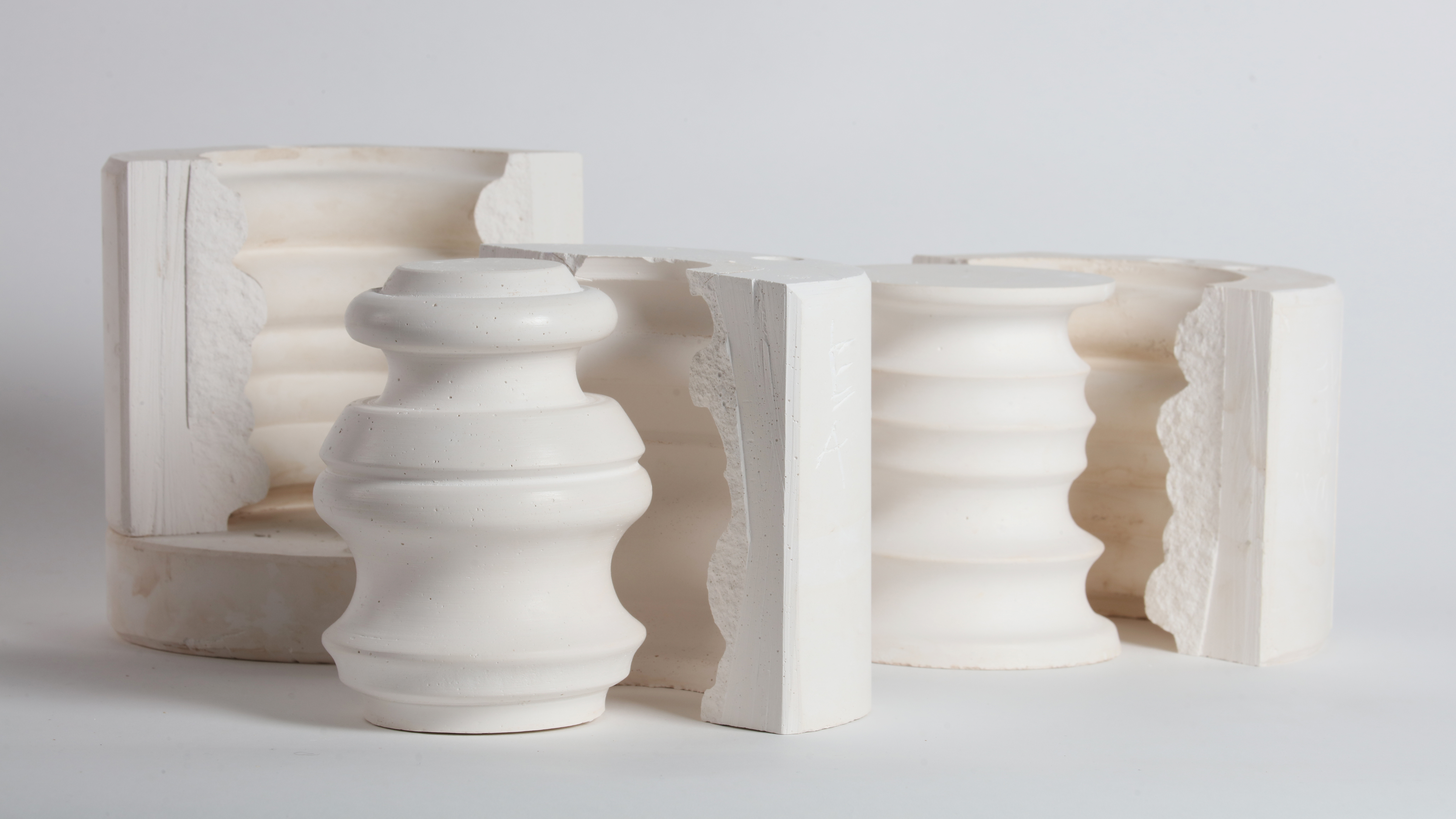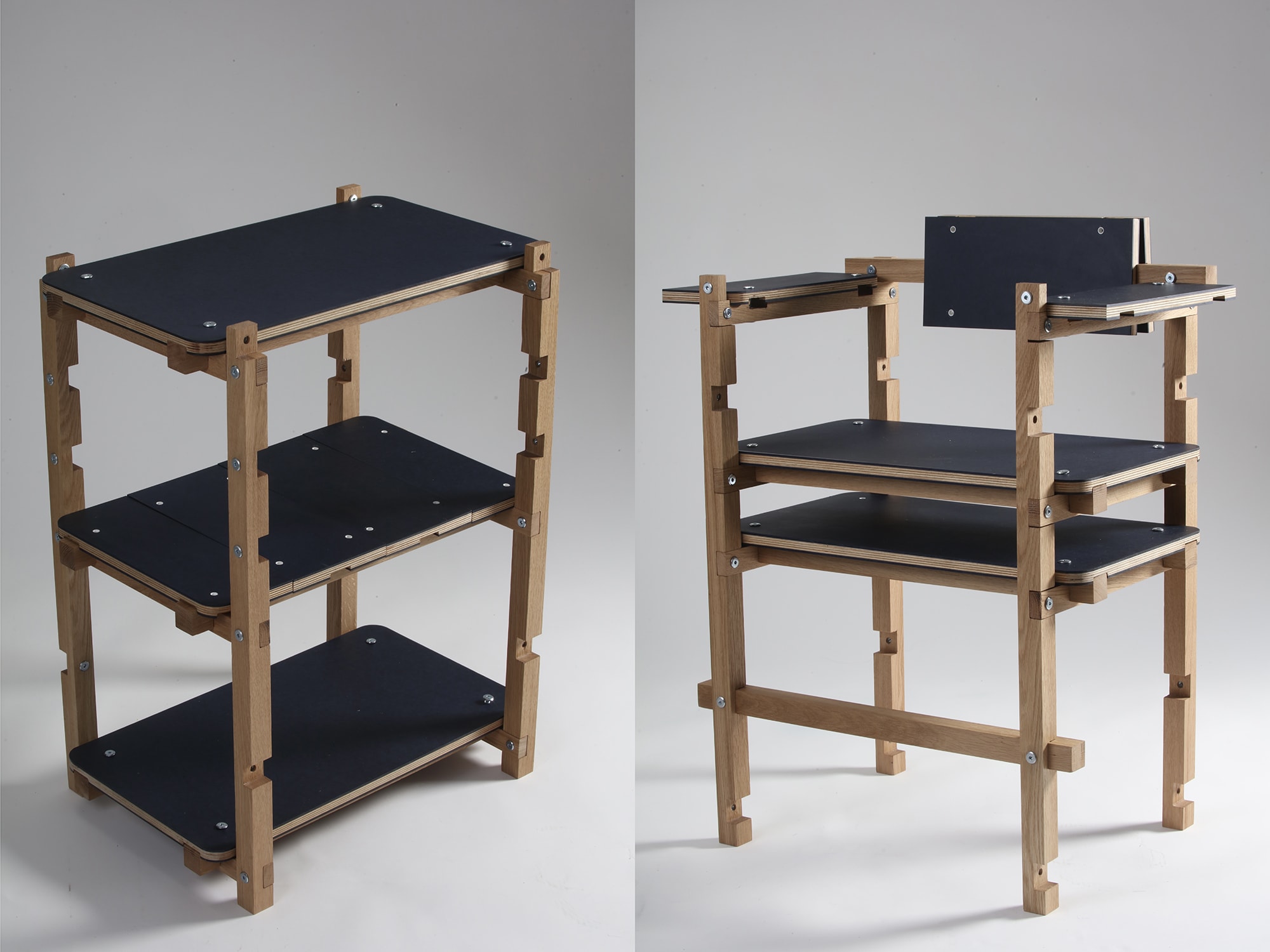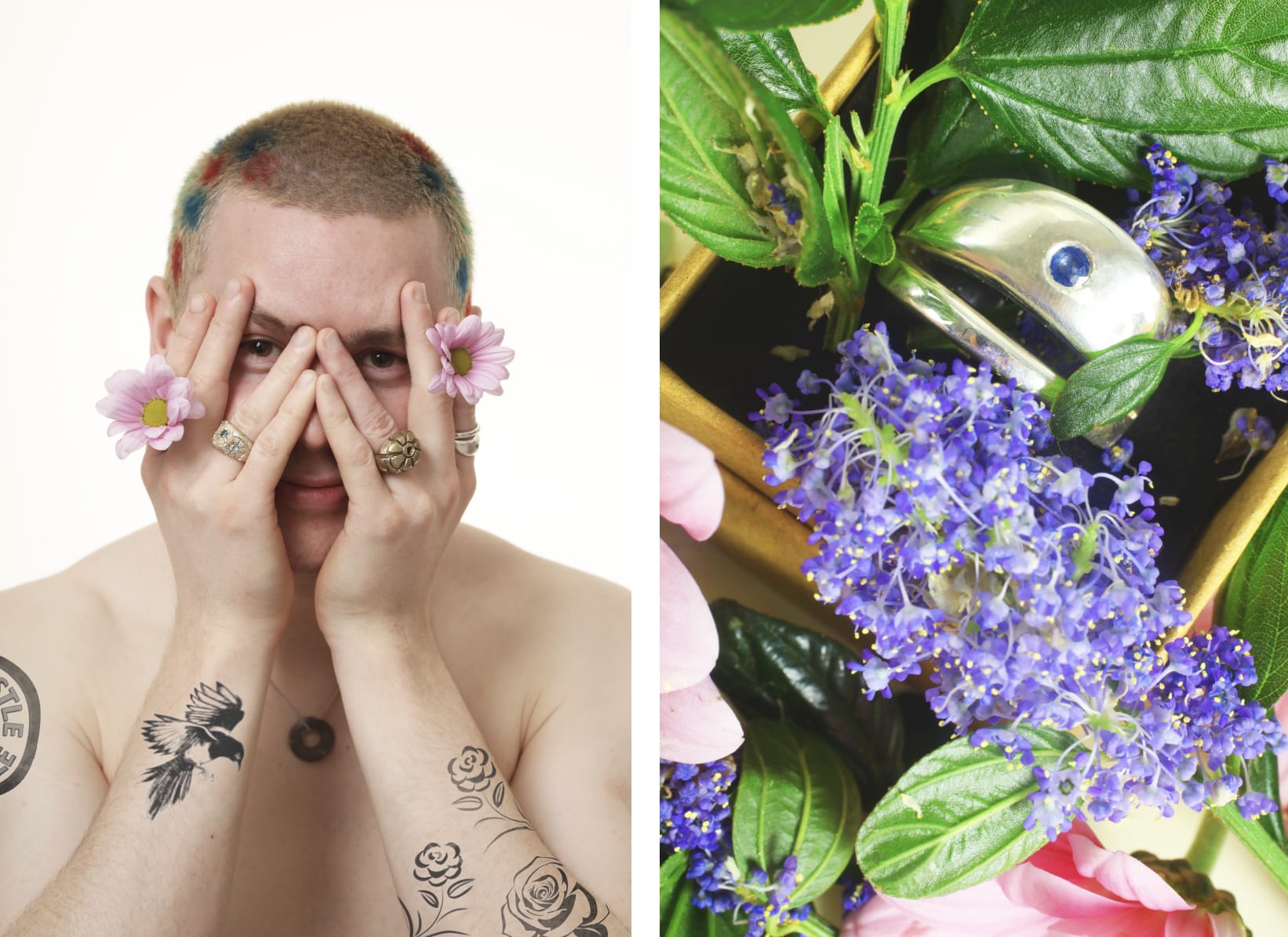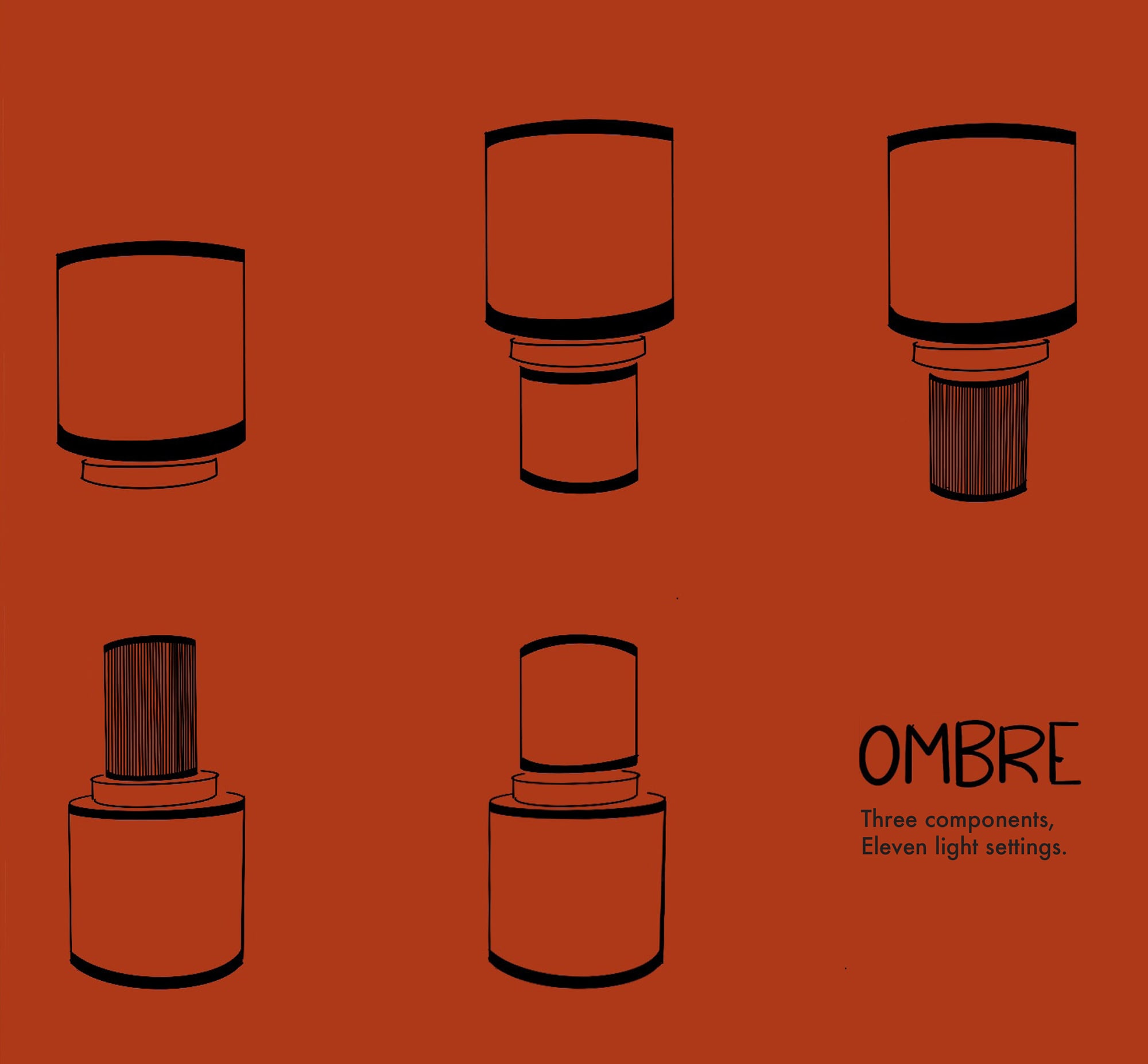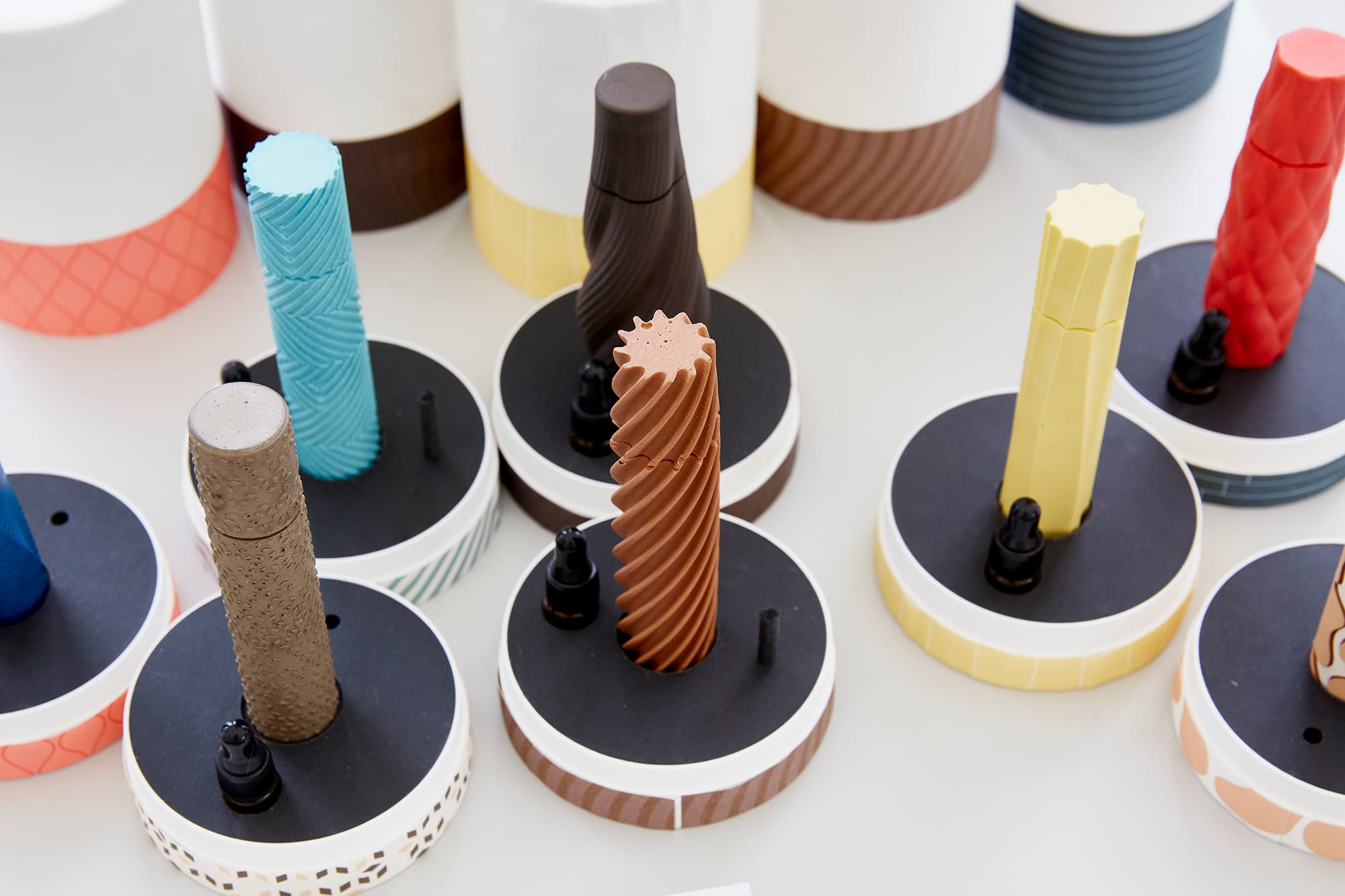Course units
Unit 1: Introduction to Product and Furniture Design
This unit is an introduction to your course, the College and the University.
Unit 2: Product and furniture design methods and processes
Unit 2 aims to establish a practice-based approach to the designing and making of objects. You’ll have an introduction to the tools and techniques of making processes in wood, metal, plastic, ceramic and digital. You’ll develop your drawing and modelmaking skills as well as your own visual language.
Unit 3: The anthropology of the object
Unit 3 introduces you to the relationship between users, objects and environments. You’ll consider how objects are constructed and how users interact with them. Through observation you’ll explore and evaluate their existence, meanings and purposes. You’ll also develop and make a series of material prototypes that test use and user understanding.
Unit 4: Form, function and ornament
In this unit you’ll investigate the relationship between your personal identity as a design practitioner and objects. You’ll design and make a series of objects. Your work will include 2D/3D visualisations, technical notes, sample materials tests, models, prototypes, finished objects and a final report.
Year 2
Unit 5: Design proposals 1
In this unit you will work with external partners. You’ll develop concepts for a design object for a domestic, commercial or community setting. Your project might be a competition brief, for industry, or for a charitable organisation or social services. You will consider function, sustainability and activity.
Unit 6: Collaborative and collective practices
You will be introduced to different ways in which collaborative working can help you to focus and enhance your own creative strengths. You’ll have the chance to work with fellow students and creative communities.
Unit 7: Design proposals 2
This unit looks at the way in which a site-specific design proposal can be conceived, developed and adapted. You’ll examine issues of scale, function, narrative and location. You’ll consider audience engagement, interaction, social conduct as well as client needs.
Unit 8: Ecologies of action
The unit will include an external group project. You will work collaboratively on an event or exhibition.
Year 3
Unit 9: Critical practice 1 - The reflective practitioner
This unit aims to encourage a critical understanding of the historical, cultural and global contexts within which design practice operates.
Unit 10: Critical practice 2 - Design futures
Unit 10 brings together your practical, professional and critical skills. You’ll develop an awareness of the range of career and postgraduate opportunities available. You'll produce of a substantial body of work presented to a professional standard, which will form part of the College degree show.
Optional Diploma between Years 2 and 3
Between Years 2 and 3 of the course, you’ll also have the opportunity to undertake one of the following additional UAL qualifications:
Diploma in Professional Studies (DPS)
This optional diploma can be taken between years 2 and 3. With support from your tutors, you’ll undertake an industry placement for a minimum of 100 days/20 weeks. As well as developing industry skills, you’ll gain an additional qualification upon successful completion.
Diploma in Creative Computing
Between years 2 and 3, you can undertake the year-long Diploma in Creative Computing. This will develop your skills in creative computing alongside your degree. After successfully completing the diploma and your undergraduate course, you’ll graduate with an enhanced degree: BA (Hons) Product and Furniture Design (with Creative Computing).
